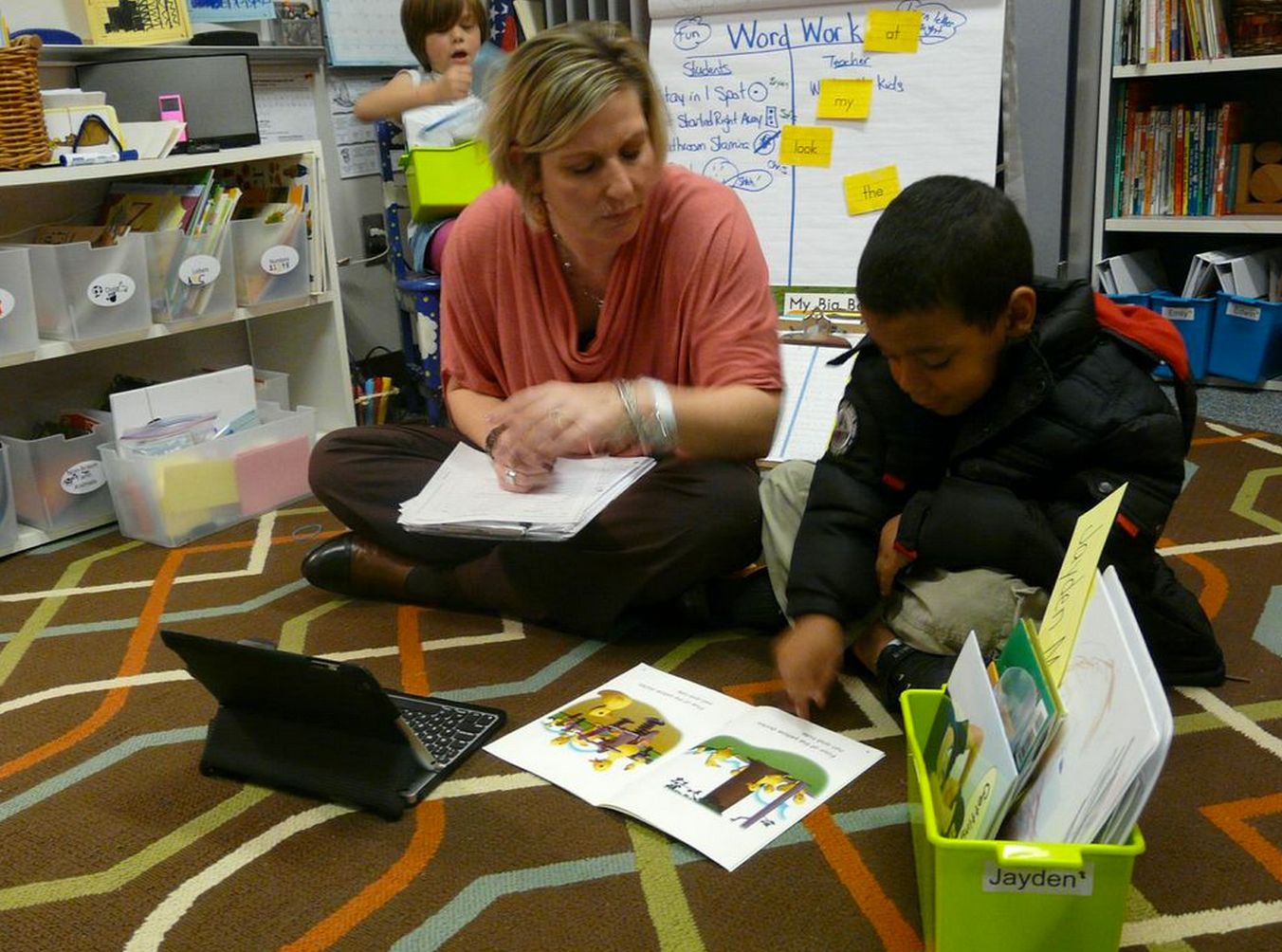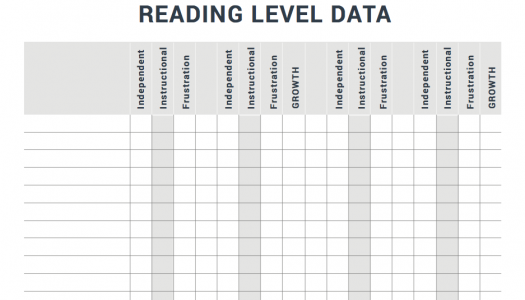Strategies for Assessing, Assigning, and Monitoring Progress
Join Our Community
Access this resource now. Get up to three resources every month for free.
Choose from thousands of articles, lessons, guides, videos, and printables.

Your first step will be to use a good diagnostic assessment. Your school or district may already provide one, or you may have to find it on your own. This article will give you some tips on finding the right assessment for you.
A good diagnostic assessment will illuminate a student's strengths and areas of greatest need. This is where our individualized goals come from. Along with the assessment, merely listening to children read and talking with them about their reading will clarify whether they need help with comprehension, accuracy, fluency, or expanding vocabulary.
Once we've determined which goal will be of greatest benefit to the student, we select a strategy to focus on. To ease this selection process, we've created a couple of support documents to help focus our instruction.
The first support document is the CAFE Menu itself along with four numbers we keep in mind when initially deciding on a strategy to assign: 6, 5, 4, 3. The numbers in each category represent the strategies proficient readers use most often with automaticity (six in comprehension, five in accuracy, four in fluency, and three in expanding vocabulary). These top strategies are usually where we begin our strategy instruction for individuals, small groups, and the whole group as well. We have highlighted the top strategies, but that is not to say that the others are not important. All readers will use the top strategies in each area; the others will be used only by certain readers.
Frequent and consistent conferring is critical to the success of CAFE. When conferring, we use touch points to determine whether or not a strategy is working for a student, or if it has been mastered and they are ready to layer on a new one.
Another resource for determining which strategy will help meet goals is the form From Assessment to Conferring: Sample Needs and Strategies. This form shows common reading problems and the goals and strategies that might be the focus of instruction.
Lastly, there are the Ready Reference Guides for each of the CAFE Menu strategies. These Ready Reference Guides take the guesswork out of the strategies. They outline each strategy's definition, why kids need the strategy, the secret to success, a couple of ideas for how to teach the strategy, and troubleshooting. These Ready Reference Guides provide the background knowledge needed for each of the strategies. They can be found in the Interactive CAFE Menu by clicking on a strategy. Freeing ourselves from the pressure of having to pick the perfect strategy the first time we meet with a child has been beneficial. Instead, with each one-on-one conference, a small piece of instruction moves children forward a step, and we work in tandem toward their goals, bringing life and joy to the craft of teaching.






